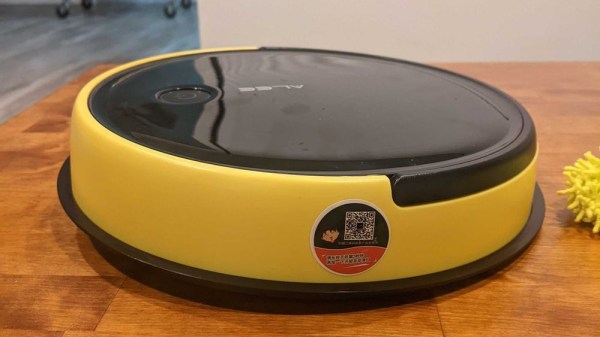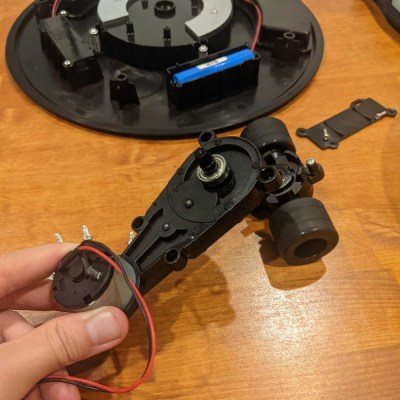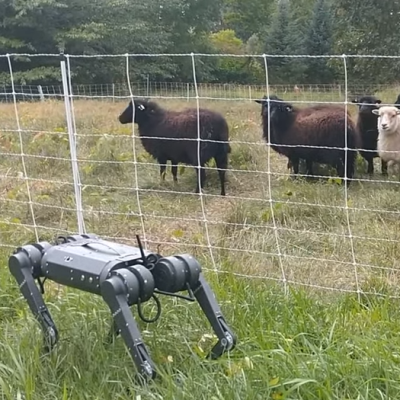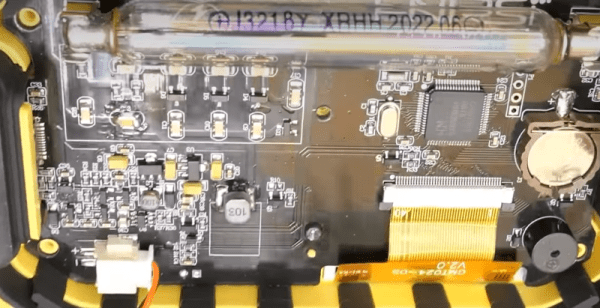The pandemic brought with it a need to maintain adequate ventilation in enclosed spaces, and thus, there’s been considerable interest in inexpensive C02 monitors. Unfortunately, there are unscrupulous actors out there that have seen this as a chance to make a quick profit.
Recently [bigclivedotcom] got one such low-cost CO2 sensor on his bench for a teardown, and confirms that it’s a fake. But in doing so he reveals a fascinating story of design decisions good and bad, from something which could almost have been a useful product.
 Behind the slick color display is a PCB with an unidentified microcontroller, power supply circuitry, a DHT11 environmental sensor, and a further small module which purports to be the CO2 sensor. He quickly demonstrates with a SodaStream that it doesn’t respond to CO2 at all, and through further tests is able to identify it as an alcohol sensor.
Behind the slick color display is a PCB with an unidentified microcontroller, power supply circuitry, a DHT11 environmental sensor, and a further small module which purports to be the CO2 sensor. He quickly demonstrates with a SodaStream that it doesn’t respond to CO2 at all, and through further tests is able to identify it as an alcohol sensor.
Beyond the alcohol sensor he analyses the PSU circuitry. It has a place for a battery protection chip but it’s not fitted, and an error in the regulator circuitry leads to a slow drain of the unprotected cell. Most oddly there’s an entire 5 volt switching regulator circuit that’s fitted but unused, being in place to support a missing infra-red module. Finally the screen is an application-specific LCD part.
It’s clear some effort went in to the design of this unit, and we can’t help wondering whether it could have started life as a design for a higher-spec genuine unit. But as [Clive] says, it’s a party detector, and of little more use than as a project case and battery.
Need more dubious instrumentation? How about a magnetic field tester?





















